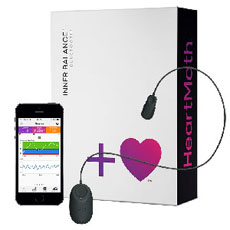Ghee Recipe
You will need 1 lb. of Grass Fed Organic Unsalted Butter
- A heavy stainless steel saucepan
- Spoon for skimming off foam
- Cheesecloth
- Strainer
- Glass jars for storing ghee
Take the unsalted butter (must use unsalted- salted butter will burn) and place in saucepan. Turn heat on low medium and melt the butter. The butter will start to sizzle and sputter. The butter will look like a lemon curd while it is in this process. Continue to cook at this heat.
*Cooking times may differ with whatever type of butter you use. Example- raw butter compared to pasteurized butter from the grocery store may take longer.
You will see the butter foaming and changing. Whitish curds will start to form on the bottom of the pan. This is the water and milk solids cooking off and slowly turning into ghee. Watch ghee very carefully at every stage. It can burn easily.
After 15-20 minutes (depending on the butter used), the finished product should be emerging. You want to be watching for the ghee to turn a clear and golden color. You should be able to see the bottom of the pan when it is finished )you may need to skim of some foam from the top). The solids or curds at the bottom, that were white earlier, will turn a light brown or medium brown in color. If it turns black at the bottom, the ghee has burned. The ghee should smell nutty or popcorn like, when finished.
*I have burned ghee before because I was multi-tasking while making it, so please learn from my mistake and watch it carefully!
When it is finished, strain through a cheesecloth lined strainer and into a glass container. You will see some solids in the cheesecloth after straining, throw these away.
Pour the finished result into clean glass jars and store at room temperature. Ghee does not need to be refrigerated due to water and milk solids being removed. It will keep at room temperature indefinitely.
Update:Benefits of GheeMore recipes


